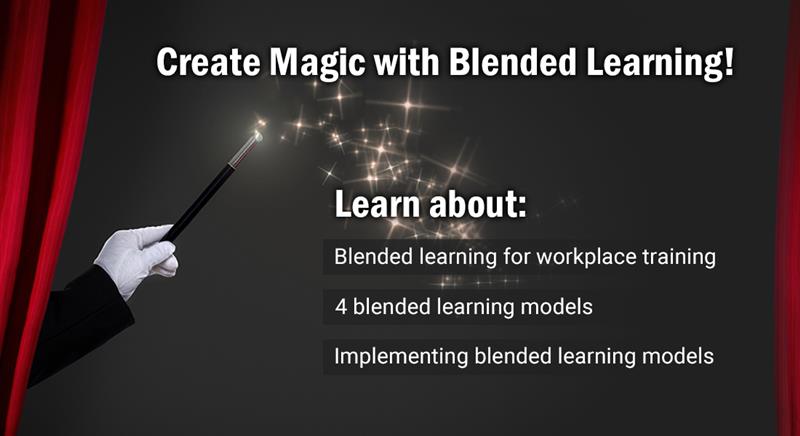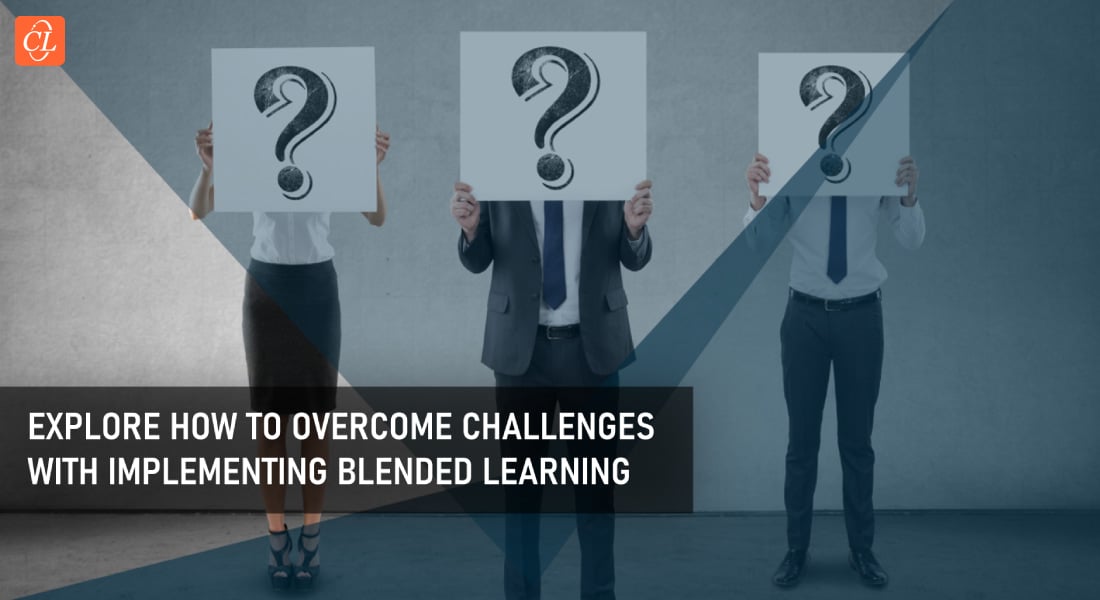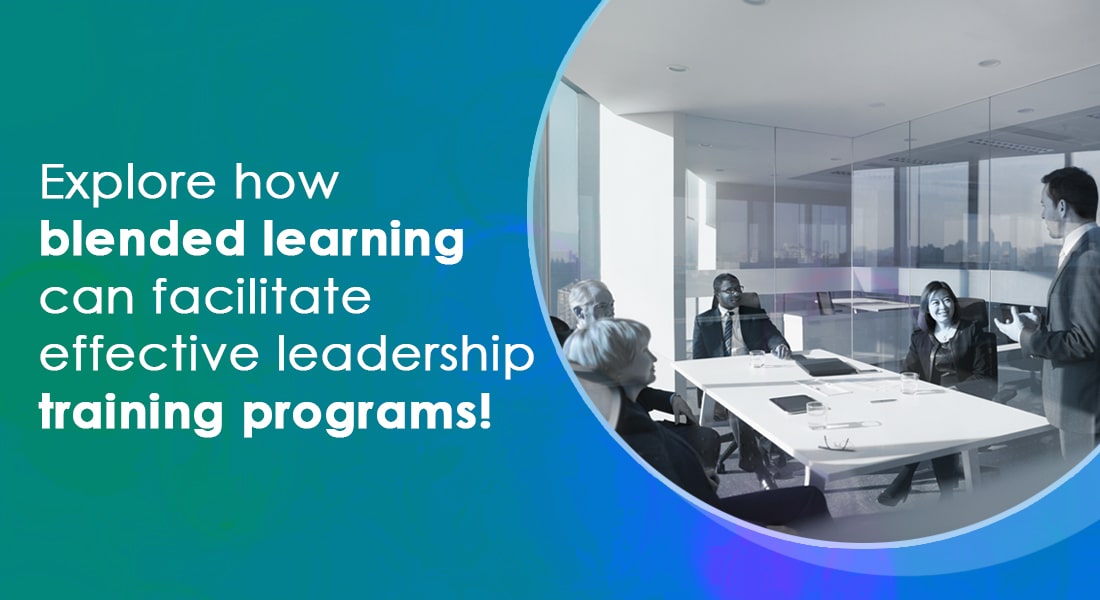A-Z of E-learning

Isn’t it amazing how far eLearning has come since the early 1990s? The way e-learning has transformed the distribution of information is truly remarkable. From A-Z, the e-learning industry has a language all its own. The jargon can come in many shapes and forms. In this article, I am listing the various terms involved in successful e-learning.
Here is my A-Z of e-learning.
A – Adult Learning Principles
Part of being an effective educator involves understanding how adults learn best – Steven Lieb. You need to have a basic understanding of adult learning principles to develop a successful e-learning course. You need to know adults learn differently compared to children. Their attitude to a learning situation will always be task or problem-centric, so they come to a training session with an intention to learn how to solve a particular problem or accomplish a task. As an e-learning designer, you should have a good understanding of adult learning styles and develop the course addressing these principles.
B – Blended Learning
Blended learning is the future of classroom training and the teacher of tomorrow’s skills. With blended learning, you can leverage the benefits of classroom training, along with the advantages of e-learning, to support learners at different phases of the learning process. This model helps you offset the limitations of one mode of learning with the benefits of the other. To maximize the effectiveness of this solution, you need to know how we can mix and match ILT and eLearning to arrive at the perfect blend.
C – Curriculum
Curriculum is derived from a Latin word meaning a racing chariot. It is an entire gamut of e-learning courses, resources, and tools packaged under a particular topic or subject. It provides a structured framework to training, and the focus is on long-term skill development of the employee. At the curriculum level, e-learning courses are divided into Basic, Intermediate, and Advanced modules to cater to the needs of employees of different proficiency levels.
D – Design of the Course
E-learning course design is the predominant aspect of a good eLearning. Matthew Farber, a blogger at Edutopia perfectly emphasizes the importance of course design in his quote, “Teaching is a design science and learning is a conversation”. An online course shouldn’t be designed just to impart knowledge or improve the learner’s skills, but to assist him in applying the skills learned in his work. So, this requires a good understanding of instructional design principles and following a good design process.
E – Engagement
As Winston Churchill once said, “Where my reason, imagination or interest were not engaged, I would not or could not learn.” Engagement is a critical element of learning. If we can get learners to pay attention to the e-learning course, then the learning will follow.
In a classroom setup, engaging learners seems easy, where the instructor can adjust his teaching style according to the mood of the learners. But in self-paced eLearning, learners quickly lose interest without human interaction. It is quintessential for instructional designers to include interesting and motivational elements to engage learners.
F – Formative Assessments
Formative assessment is like a test to test us for the test to see if we are ready for the test.
It is an informal assessment conducted by a teacher in a classroom to monitor student learning and provide ongoing feedback. Formative assessments can be used after every topic (learning point). In an e-learning course, formative assessments give learners a chance to learn and apply knowledge throughout the course, while completing the learning cycle.
G – Games
Games have become a requisite element in an e-learning course, as Gen-Y learners are no longer interested in mundane page-turner level 1 or 2 courses. Designers should think in terms of incorporating those learning activities that help learners play while they learn. Keep this quote by Benjamin Franklin in mind – “Tell me and I forget. Teach me and I remember. Involve me and I learn”. Games are a great tool to engage the learner and help them stay focused on important and relevant content. Games keep learners engaged and active in the course.
H – HTML5
HTML5 is gaining ground where Flash failed. It supports easy accessibility of e-learning courses, and also endorses the concept of just-in-time training, thanks to its ability to transform e-learning content to mobile learning content, seamlessly.
I – Interactivities
We’ve all seen “page-turner” e-learning courses that show slide after slide of text. This will result in less ROI on e-learning courses. It’s time to bring back the ACT in Interactivities. Your e-learning courses should help learners learn by doing. As rightly said by Baldur Bjarnason, “Interactivity is what you do. It’s not what you watch, not what you hear, not what you read”. Drop the learner into deep action so they can start practicing skills right away.
J – JAWS (Section 508)
Accessible eLearning is something that’s often ignored when designing an e-learning course. We need to break down disability barriers to learning; as Elliot Masie says, “we need to bring learning to people instead of people to learning”. One of the ways we can help make eLearning more accessible is by accommodating content for a screen with document readers such as JAWS. These are programs that will dictate and describe onscreen elements with text-based cues, helping visually challenged people access and understand content.
K – Knowledge, Skills, and Attitude
The purpose of any training is to impart knowledge, skills, and attitudes (KSAs). I found this wonderful quote by Sir William Osler that says ‘Observe, record, tabulate, communicate. Use your five senses… Learn to see, learn to hear, learn to feel, learn to smell, and know that by practice alone you can become expert’.
It is perfectly true that we acquire knowledge only through learning and acquire skills only through experiencing. Evidence suggests that through e-learning, learners gain knowledge, skills, and attitudes faster than through traditional, instructor-led methods. This efficiency is likely to translate into improved motivation and performance. E-learners have demonstrated increased retention rates and better utilization of content, resulting in better achievement of knowledge, skills, and attitudes.
L – LMS
If you cannot track, you can’t measure. An LMS plays a major role in tracking the activities of your learners, their scores, and generating reports for analysis. Apart from tracking and reporting, LMSs now facilitate collaborative learning, support virtual training, track serious games and mobile learning activities, and much more.
M – Mobile Learning
Mobile devices have radically transformed the way we obtain and use information. In the words of Ray Kurzweil, “mobile phones are misnamed. They should be called gateways to human knowledge”. With the mobile movement growing, mobile learning in future is not a choice of learning, but a compulsory mode of learning to stay ahead.
N – Narration (audio)
If onscreen content is the King, audio narration is the Queen. It blows life into the onscreen content. The modality principle states that a learner can learn better from animations and narration than just animations and onscreen text. In simple words, what music is to ears, audio narration is to e-learning.
Audio narration needs to be done effective to help learners assimilate the subject matter better. Poor audio narration can disengage learners and impair the quality of the course. Your audio narration should be conversational, used only when needed, and meet recording quality standards. Get the recording done by professional narrators.
O – Objectives of Learning
No objective = No learning outcome. As we all know, it is difficult to measure learning, hence it is the learning objective that makes an attempt to determine or assess, what the learner will be able to do, after he engages in a learning activity. It would be your worst nightmare if the learner meanders through the course you develop, with no idea of what is being taught, what the key learning points are, and what is expected of them after taking the course. There is a simple solution to avoid this…Learning Objectives. Set them right and you will set your course and learners on the right track.
P – Personalized Learning
Today, especially when technology has become so ubiquitous, the concept of standardization and one size fits all does not work anymore. Personalizing your learning to the needs of every learner is imperative. You can personalize your training by tailoring pedagogy, learning styles, learning environments, and curriculum, to meet the needs of individual learners.
Q – Quality
‘Quality is pride of workmanship’ says Edwards Deming, American engineer, professor, author, lecturer, and management consultant. Since e-learning development requires the collaborative effort of various individuals with different skill sets, there are multitudinous chances that course quality may take a beating, leaving room for errors and if undetected, these errors will pass along the pipeline. So it is essential to ensure the errors are identified at an early stage and weeded out immediately before they move to the next stage. This will ensure e-learning offers learners a memorable, meaningful learning experience. Get the quality right – the rest will follow.
R – ROI of E-learning
Successful e-learning ROI displays gains more than the investment. In today’s corporate world, all organizations have 3 important goals, the faster launch of products, satisfactory customer service, and enhanced employee productivity and work culture. With organizations spread across the globe, e-learning has materialized as an elite training medium to deal effectively with the limitations of classroom training and increase the reach of training programs while optimizing the costs, time, and more importantly, the learning curve.
S – Summative Assessments
Grade Less; Assess more, should be the motto when designing summative assessments in an e-learning course. Summative assessments determine what learners know and do not know. Summative assessment is used to assess the learner’s performance at the end of the course, to determine whether the learning goals have been met.
T – Tools (Authoring)
Articulate, Captivate and e’Lectora’fy your e-learning with the latest authoring tools available in the market. Authoring tools play a key role in cutting e-learning development time, eventually resulting in a cost-effective course.
In the hands of a skilled tool expert, these authoring tools are capable of producing highly interactive courses. You can develop interactive games, branching scenarios, simulations, and everything you could with traditional authoring tools. This is what Neil Gershenfeld meant when he said, ‘Give ordinary people the right tools, and they will design and build the most extraordinary things’.
U – User Acceptance Testing
“If you don’t like testing your products, most likely your customers won’t like to test it either”, a beautiful quote by a testing whiz that perfectly emphasizes the importance of testing. User Acceptance Testing (UAT), is the last phase of eLearning course development, where the course is tested in the “real world” before the decision to “go live” is taken. The purpose is to give the stakeholder an opportunity to test the course and gain confidence that the course being delivered to them meets their requirement.
V – Visualization
Paul Martin Lester says “Something is happening. We are becoming a visually mediated society. For many, understanding of the world is being accomplished, not through words, but by reading images.” This quote perfectly sums up the value of visualization in the context of eLearning. One of the main objectives of an e-learning course is to make a strong impact on learners that facilitates learning. One of the ways to achieve this objective is by using visuals effectively.
W – What’s in it for Me?
The only thing your learners think and care about – WIIFM. If you want your learners to fully commit to training and be motivated to take up the course, we must help them see a purpose in the training. WIIFM must be addressed at the beginning of an e-learning course, to make it learner-centric. If your e-learning course is missing these elements, then learners may not see an immediate benefit from what they will learn. As a result, one may teach, but learners may not learn.
X – xAPI
xAPI has ushered a new era in corporate training, taking the acquisition of knowledge and skills beyond formal training sessions. Unlike traditional LMSs, an xAPI compatible LMS is not limited to tracking e-learning courses. This standard overcomes the limitations of the previous standard by tracking a wide range of learning activities such as simulations, mobile learning, games, virtual worlds, offline learning, and collaborative learning.
Y – Gen-Y
Organizations that can’t or won’t – customize training, career paths, incentives, and work responsibilities need a call, say Carolyn A. Martin and Bruce Tulgan, authors of the book Managing Gen-Y. The quote really has a point to convey when it comes to training Gen-Y learners.
Gen-Y learners are digital natives, who grew up at the forefront of rapidly growing technology. They have short attention spans and tend to get bored quickly. Taking their learning preferences into consideration, courses should be designed which are apt for them. You can break your courses into micro modules, add fun elements to the course, games, videos, animations, etc.
Z – Zen of Learning
Success is no accident. It is hard work, perseverance, learning, studying, and sacrifice, and almost of all, love of what you are doing. – Pele. To develop a successful e-learning, you should inculcate Zen habits. These habits will also improve the productivity of your life.





